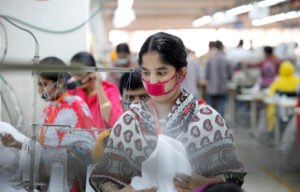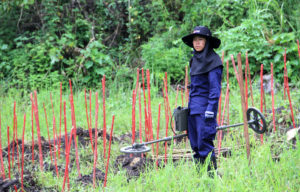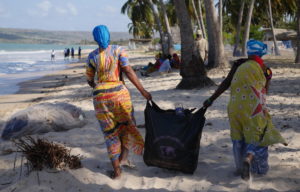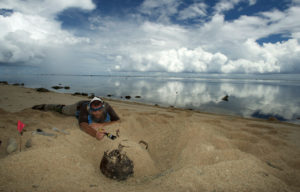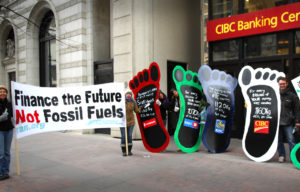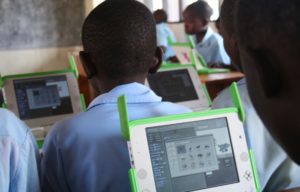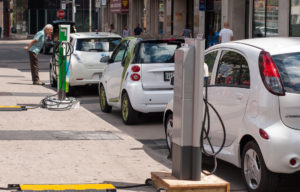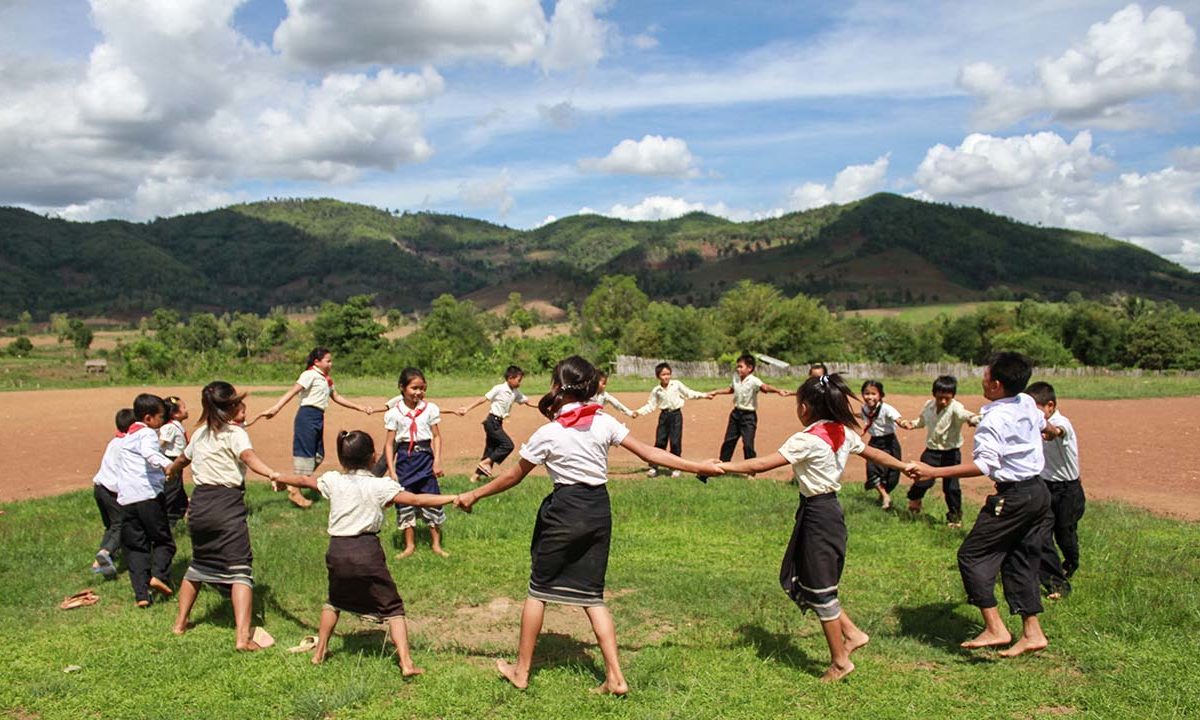
CC-BY Xaykhame Manilasit / Asian Development Bank
Analysis: The youth is historically engaged in changing the world
Our planet is facing challenges of the extreme. At the same time, we see studies showing that the youth never before has been this engaged in solving these challenges.
Share
Generation Z, Kids of Helicopter Parents, the YouTube- or Selfie Generation. Never have there been this many youngsters on the planet, and never has a generation had such many titles. Beside the size of the Generation Z, there are other significant characteristics attached to this great compound group of young people. Today the number of people between the age of 15 and 29 years reaches 1.8 billion people – and almost 87 percent of them live in developing countries. On a global scale, the youth accounts for a fourth of the world population.
They have grown up in a time of challenges: Climate change affecting great parts of the planet, terror attacks writing headlines of newspapers, and a global inequality that has never been bigger. But the everyday life of the youth also contains lots of new opportunities, and in many perspectives, they have also grown up in a world that never has been this promising: Extreme poverty has been reduced by more than 50 percent since 1990, today nine out of every 10 kids start in school, and better access to medical help and health services means that, globally, people are living longer and better lives. And along with all this, the technological development is revolutionizing the way we communicate, work and live our lives in every part of the world.
The youth does not wait for tomorrow to come
Those who are youngsters today will be the ones living with the consequences of climate change and all the other problems the planet is facing. Research is stressing that this could be the explanation why Generation Z is so determined to change the world for the better. And right now, all over the globe the Generation Z is making the most out of the opportunities given to them, to create new, innovative and scalable solutions.
According to the yearly, extensive research of the Millennials (everyone born after 1980), the youth sees it as their obligation to change the world. However, they do it in different ways than their parents and the generations before them. The majority of the youth believe they are able to create a change in the society through their work. This means they are demanding the companies and employers to take responsibility.
The African countries are moving ahead
The Youth Development Index (YDI) is also measuring the great Generation Z every year. Here they look into the options of the youth in 183 countries when it comes to education, health and work. Put in another way – they measure the conditions for the youth to create change. Altogether, you see the countries with a general high income and with working democracies in the high end of the scale, Denmark reaching the second highest score. The countries with the lowest reach on the YDI list are all African countries south of Sahara. The countries south of Sahara have the weakest starting point, but are also those who has created the greatest development on the YDI from 2010 to 2015 – Kenya, South Africa and Niger being the ones making the biggest progress.
The youngsters are less active in formal political processes and institutions. It is a tendency occurring all over the world. But this doesn’t mean that the youth of today doesn’t care. Actually, the YDI study shows that the youth are more than ever interested in both politics and civil society. This shows in the many campaigns, protests, conscious consumer behavior and digital communities across the globe.
Two sisters from Bali creating change on plastic pollution
It continues to be girls in developing countries who are most disadvantaged in every perspective according to the Youth Development Index. But a lot of people are working on changing this. Sejal Hathi created the non-profit organization Girls Helping Girls at the age of 15. Four years later she also founded girltank, which works for supporting young women having influence all over the world. Since the foundations of the organizations, they have mobilized more than 30.000 young women in more than 100 countries, and these women have started their own innovative and social initiatives.
The two sisters Melati and Isabel Wijsen from Bali were worried about the great amount of plastic on the beautiful beaches of Bali. At the age of only 10 and 12 years they started collecting signatures and engaging people to collect waste of the beaches. The dedicated effort from the two girls, which also counts a hunger strike, has led to the governor of Bali prohibiting plastic bags on Bali from 2018. Their organization, Bye Bye Plastic Bags, has spread out to 15 other countries, where children and youth contributes to solve the problems of plastic in the ocean.
Generation Global Goals changes the world
There are a lot of great inspiring examples of the youth making a change in the world – either in their local environment or at an international level. More global and national initiatives aim to support the driver of the youth to change to world. The global innovation lab UNLEASH has just gathered 1000 young talents from 129 countries for a week of intensive workshops in Denmark. Here they will collaborate on developing new, innovative and scalable solutions on UN’s Global Goals, which has deadline in 2030.
As long as the youth gets the opportunities, the future looks a bit brighter for the planet: Generation Global Goals is already changing the world.
